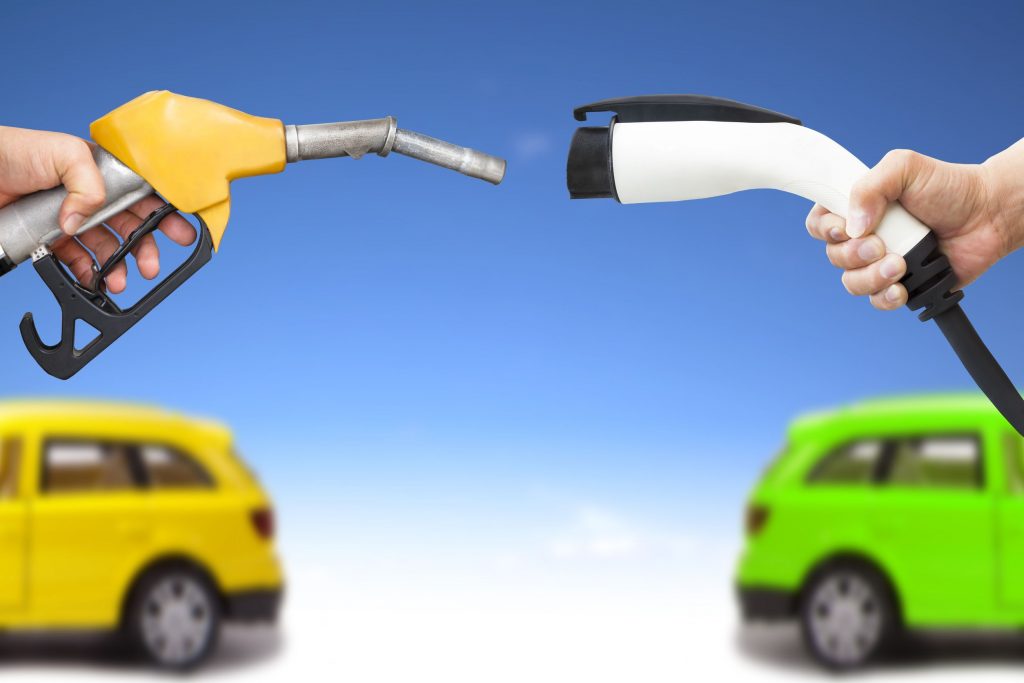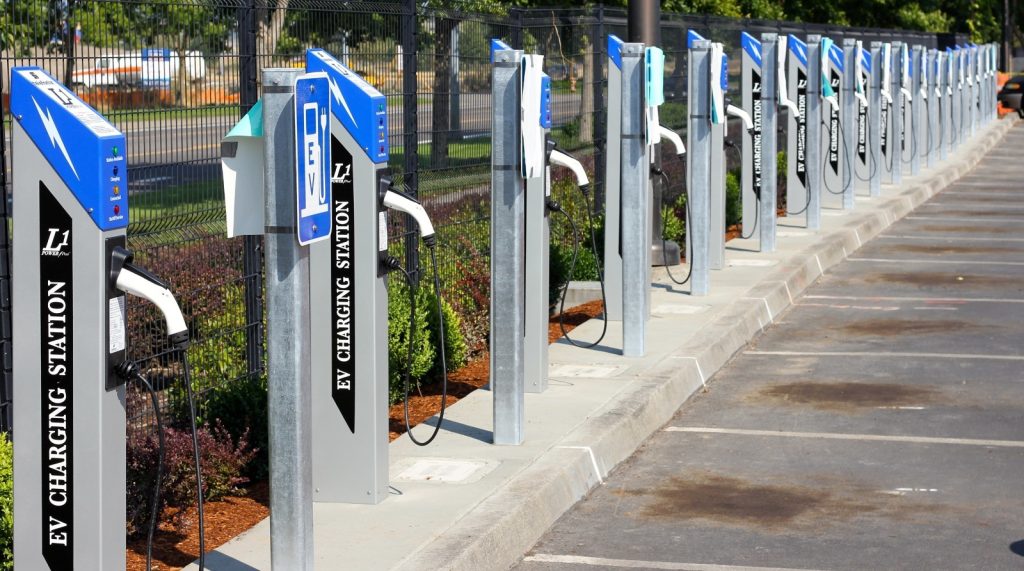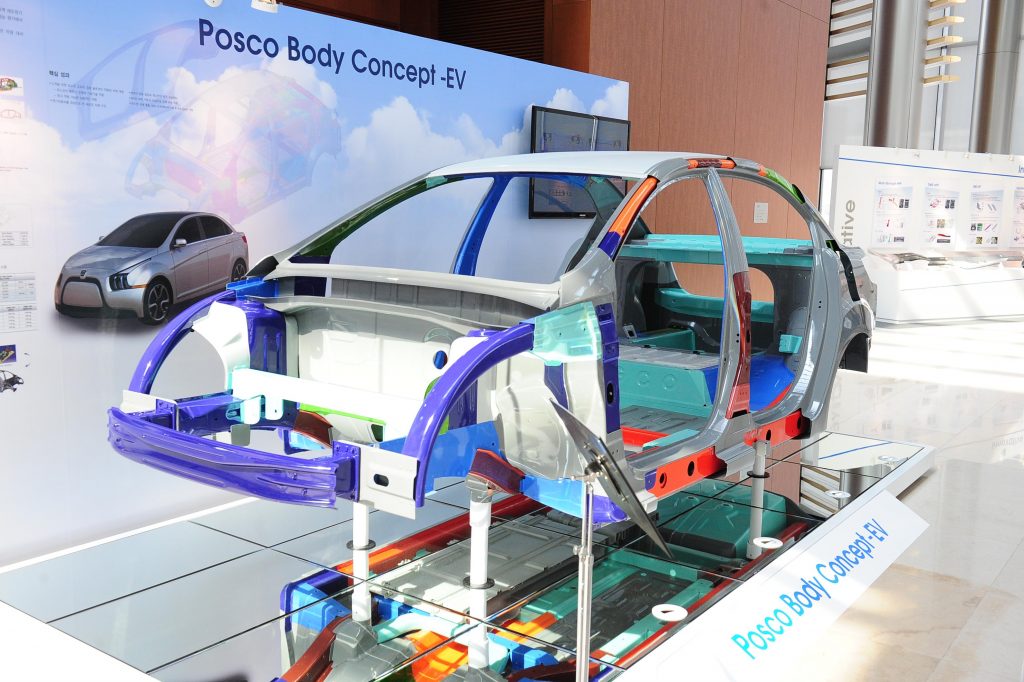The world is changing fast. Technological innovations from 20 or even just 10 years ago are obsolete today, and the lifespans of new technology get shorter and shorter. There is a growing pressure to innovate, not only within the IT industry, but all across the board, including the auto industry. For the past 120 years, vehicles have evolved steadily, and now they face one of the most disruptive changes yet – the shift from internal combustion engines (ICE) to electric motors.

More drivers are making the switch from gas to electricity to fuel their cars. (Source: The Korea Bizwire)
SEE ALSO: Ask an Expert: Electric Vehicles and the Future of the Automotive Market
Why don’t more people drive EVs?
Electric vehicles (EVs) have a variety of benefits for drivers, the most obvious being cheaper electricity prices compared to gas. Not only that, EVs only have about a third of the parts of ICE vehicles, which results in maintenance-cost reductions by about 60 percent. There are also government subsidies that support EV manufacturers and consumers in numerous countries, and environmental regulations only look to strengthen. Despite all this, drivers have been slow to make the switch to EVs, and there are 3 critical reasons why.
1. Range
Today, EVs can travel about 200 to 400 miles on a single charge, and while this may be sufficient for most urban drivers, it’s still not enough coverage to relieve drivers of range anxiety. Low-capacity batteries are not the only problem – the weight of the car and the efficiency of the motor and converter also affect range. Put simply, even if a battery could hold more energy, it won’t result in increased range if the car is too heavy or the motor is inefficient and uses up too much energy. Automakers have to come up with comprehensive solutions to improve the battery capacity and motor efficiency as well as lightweight their vehicles.

Drivers are often wary of their EVs running out of juice where there are no charging stations. (Source: Sandman YouTube Channel)
2. Charging Time
EVs currently take up to several hours to fully charge, depending on the battery. Although there have been advancements in charging systems that allow for shorter charging times, the average charging duration cannot compete with the 3 to 5 minutes people spend at gas stations.
3. Charging Stations
Despite the technological leaps made in the development of EVs, charging infrastructure has not maintained the same pace. Gas stations outnumber charging stations in every country, and it will take time to figure out a model to commercialize charging stations and make the business more profitable.

Charging stations have not yet been commercialized as gas stations have. (Source: Coinfeeds)
Why EVs are still driving toward a bright future
Although there are still challenges to overcome, one of the greatest drivers of widespread EV adoption is national policy. A growing number of countries have declared they will limit or even ban ICE cars altogether by 2020. Policies are already in place to support a more environmentally sustainable auto industry, and companies are working hard to navigate and capitalize on the changing market environment.
This will bring about a wealth of new opportunities for related industries. That’s why automotive, materials, electronics and chemical companies around the world are investing heavily in technology to preempt this market, and first movers will gain a tremendous advantage.
POSCO is one of the companies looking to lead the global EV materials market and has been investing in and developing innovative solutions for EV manufacturers. POSCO has designed an ultra-lightweight yet strong chassis and developed the necessary parts to bring it to life. POSCO is also currently working with auto manufacturers, giving them access to POSCO’s EV chassis design expertise as well as its newly-developed materials.

POSCO has designed an ideal chassis for electric vehicles. (Source: News Tomato)
In addition, POSCO works closely with each of its affiliates including POSCO Daewoo, ICT, ESM and ComTech that are highly specialized in their respective fields. In cooperation with its affiliates, customers and academia, POSCO is in the process of developing innovative technologies for batteries, electric motors and charging infrastructure. As such, the EV sector has become a core business area for POSCO.
Everything from the EV chassis and battery to the motor and charging infrastructure is codependent. Therefore, in order to develop an advanced EV that meets the needs of consumers, an integrated approach is vital. POSCO is in prime position to work with all of its affiliates under One POSCO and gear toward a future of cars running on electric motors.
Cover photo courtesy of The Wellingtonian.
